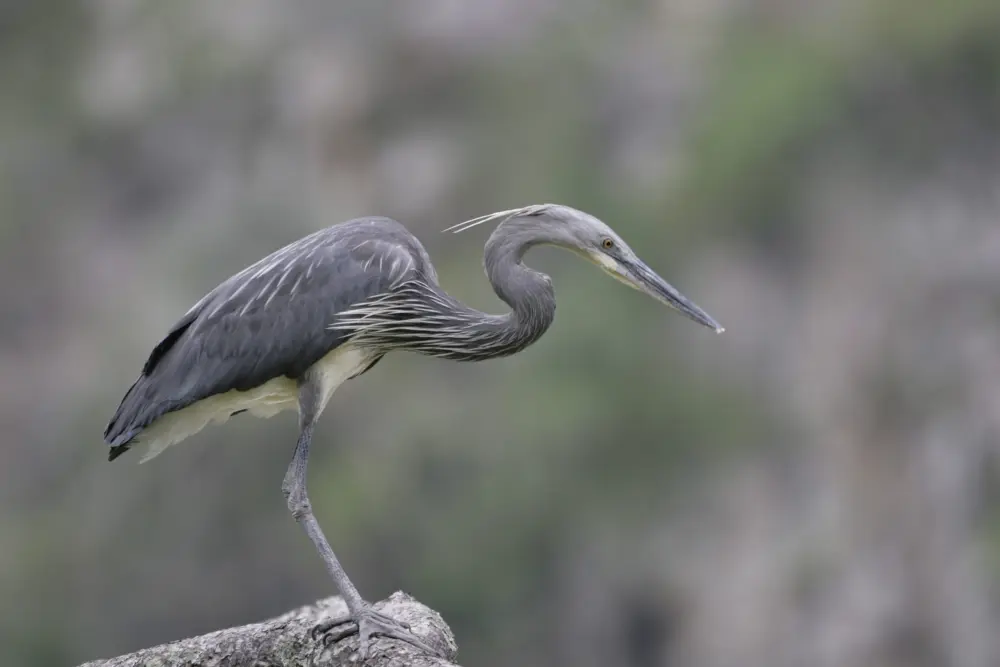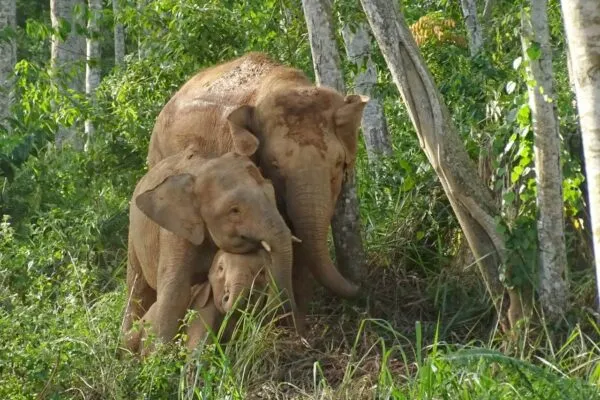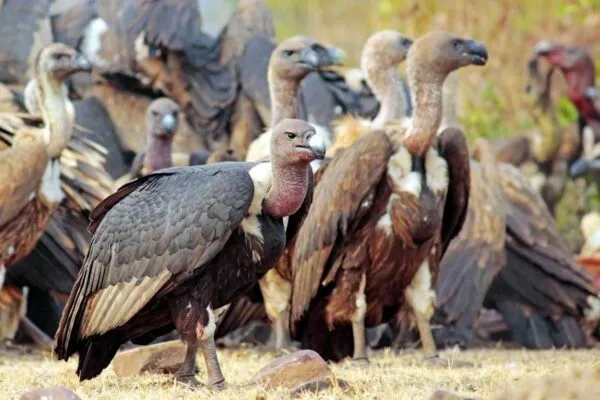Depleting Population of White-Bellied Heron in India Raises Conservation Concern
Amidst the rapidly changing climate and habitat loss, the population of White-Bellied Heron is excessively depleting, scientists have stated. This alteration is making these birds live on their own, isolated deep inside forests, further dragging this critically endangered bird towards extinction.
The bird is mostly solitary and lives in wetlands. Presently in India, the only habitat of these waterbirds is in Arunachal Pradesh and their approximate estimated number is less than ten.
The global population estimated of this species is between 70 and 400 therefore it has been listed as Critically Endangered on the IUCN Red List since 2007, it might extinct soon.
G Maheshwaran, a scientist from the Zoological Survey of India who led the study, said;
Due to loss of habitat, primarily wetlands, this bird seems to have changed its lifestyle over years. Unlike most other water birds, which are usually group foragers, the White-bellied Heron has been living in remote jungles without much interaction with other water birds. This is pushing it further towards extinction. It is like a vicious trap,
In the following years, these birds may migrate to Myanmar and Bhutan if the conservation of their habitat doesn’t speed up.
Apparently, this is the first study led by the scientists to find out the reasons behind White-Bellied Heron’s depleting population. The findings have been published in the peer-reviewed journal Ecological Informatics, published by Elsevier.
For the protection of White-Bellied Heron, the government needs to make some strong recovery plans and establish some ground rules to restrict evasive human presences into the wildlife habitats.
GV Gopi, a senior scientist at Wildlife Institute of India, has been working on waterbird study and conservation. He said that there is no proper survey, no detailed studies and no suitable conservation measures for critically endangered species. He further added that without sufficient and urgent action, the bird might go extinct soon!
Via: Hindustan Times



